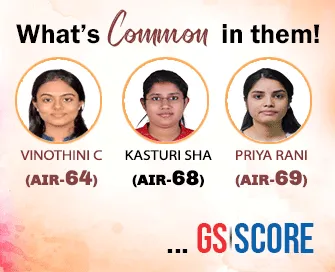

30th May 2025 (11 Topics)
Context
Tobacco consumption in India remains a major public health concern, exacerbated by high affordability, weak taxation, and limited enforcement of control measures. Recent discussions have focused on aligning national policies with global frameworks such as the WHO's MPOWER strategy to curb rising tobacco-related health and economic burdens.
Key Highlights:
Tobacco Use in India
- As per Global Adult Tobacco Survey-2 (GATS-2):
- 42% of men and 14% of women in India use tobacco.
- India houses 70% of the world’s smokeless tobacco (SLT) users.
- SLT is more prevalent than smoked tobacco; bidis are more popular than cigarettes in rural areas.
Health Implications
- Tobacco consumption, both smoked and smokeless, is a major risk factor for cancers of the mouth, lungs, head, neck, stomach, and pancreas.
- India ranks first globally in male cancer incidence and mortality.
- In India, lip and oral cancers are most prevalent among tobacco-related cancers in men, followed by lung cancer.
- Second-hand smoke exposure remains a significant concern in workplaces.
Economic Burden
- In 2017–2018, the economic cost of tobacco use in India was ?77 lakh crore (equivalent to 1.04% of India’s GDP).
- Smoking accounted for 74%, while SLT accounted for 26% of this cost.
Policy and Regulation Issues
- GST on tobacco products remains inadequate; the WHO recommends 75% taxation of MRP, whereas India’s current taxation falls short.
- The 2024 Union Budget did not raise tobacco taxes, enabling tobacco manufacturers to maintain affordability through “undershifting” (absorbing tax hikes).
- Tobacco products are still sold as single sticks, bypassing statutory health warnings and enabling impulse purchases.
- 88 countries have banned single-stick sales; India has not.
- 87% of vendors in India sell single cigarette sticks, frequently located near tea stalls, reinforcing cultural habits like the “chai-sutta” break.
Tobacco Board of India
Key Functions
Importance in Global Trade
|
PYQ:Consider the following statements:
Which of the statements given above is/are correct?
|
More Articles

